TPW TV: Lizards on the Move
Friday, October 17th, 2014This is Passport to Texas
The Muse Wildlife Management Area, 15 miles Northeast of Brownwood, received some new residents.
08—This is the site that we’ve chosen to evaluate the feasibility and the success of the translocation of wild caught Texas Horned Lizards.
Wildlife biologist, Devin Erxleben, is site manager.
05—These horned lizards were collected from roadsides on private properties, southwest of San Angelo.
Parks and Wildlife collaborates with landowners to reintroduce the lizards to areas where they once roamed, says Nathan Rains, a natural resource specialist from Cleburne.
09—We’ve had a lot of interest over the years in reintroducing lizards to properties, and we’d never really looked at the feasibility of even doing that: will they survive? Where do they go? What will happen? So, we’re trying to just see if it’s possible.
After evaluation, each animal gets a tag used for identification.
06—We then affix them with a VHF radio-transmitter to track them to get daily locations on each lizard.
The lizards remain in a predator-proof enclosure for 10 days to acclimate, before being released and tracked.
06—It’ll probably be several years before we really know what’s going to happen here. But, we’re very optimistic.
Learn more this week on the Texas Parks and Wildlife PBS TV series in a segment called Lizards on the Move. Check local listings.
For Texas Parks and Wildlife…I’m Cecilia Nasti.
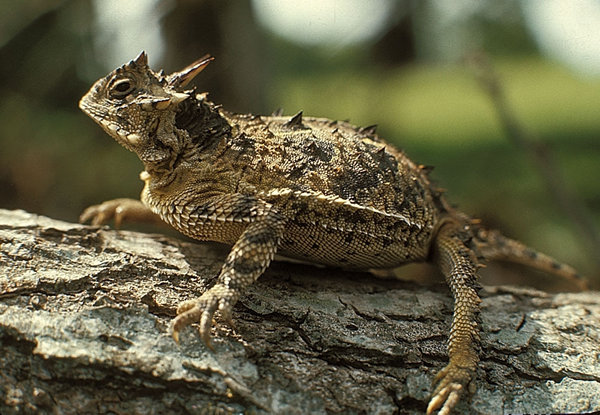

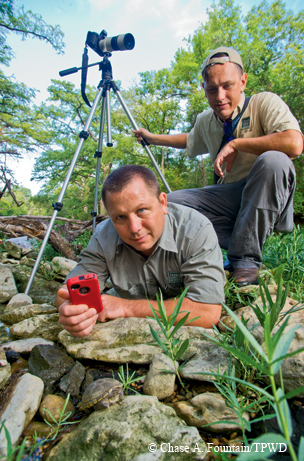
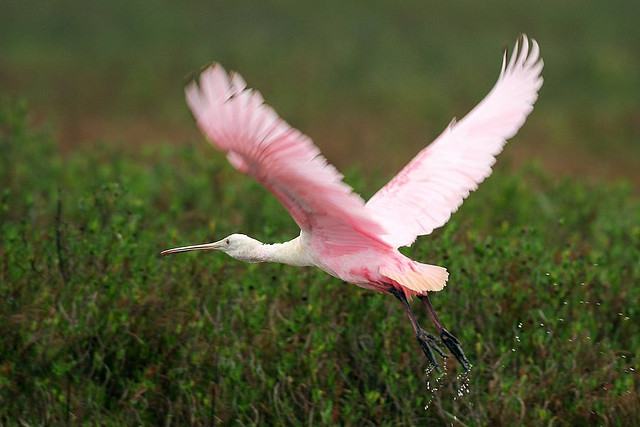
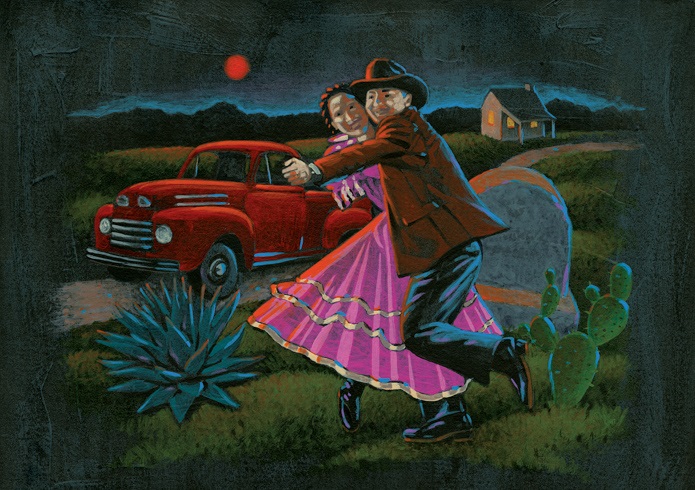
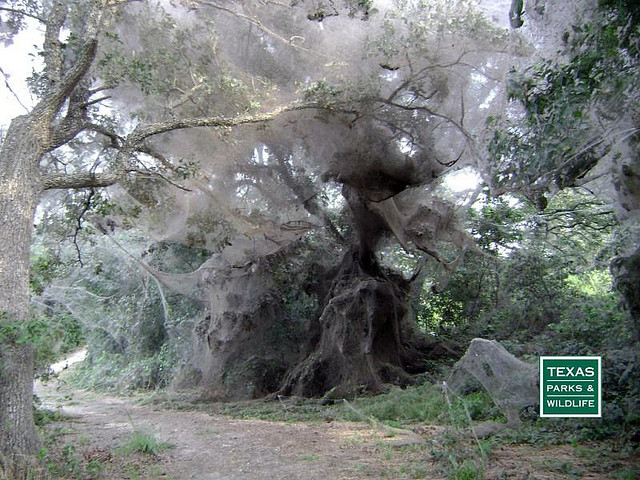

 Passport to Texas is a
Passport to Texas is a  Passport to Texas is made available by:
Passport to Texas is made available by: